Full Belly Files | Wines to Find Now
Turning Tide, Piazza Family, and Babs Are Brands to Know
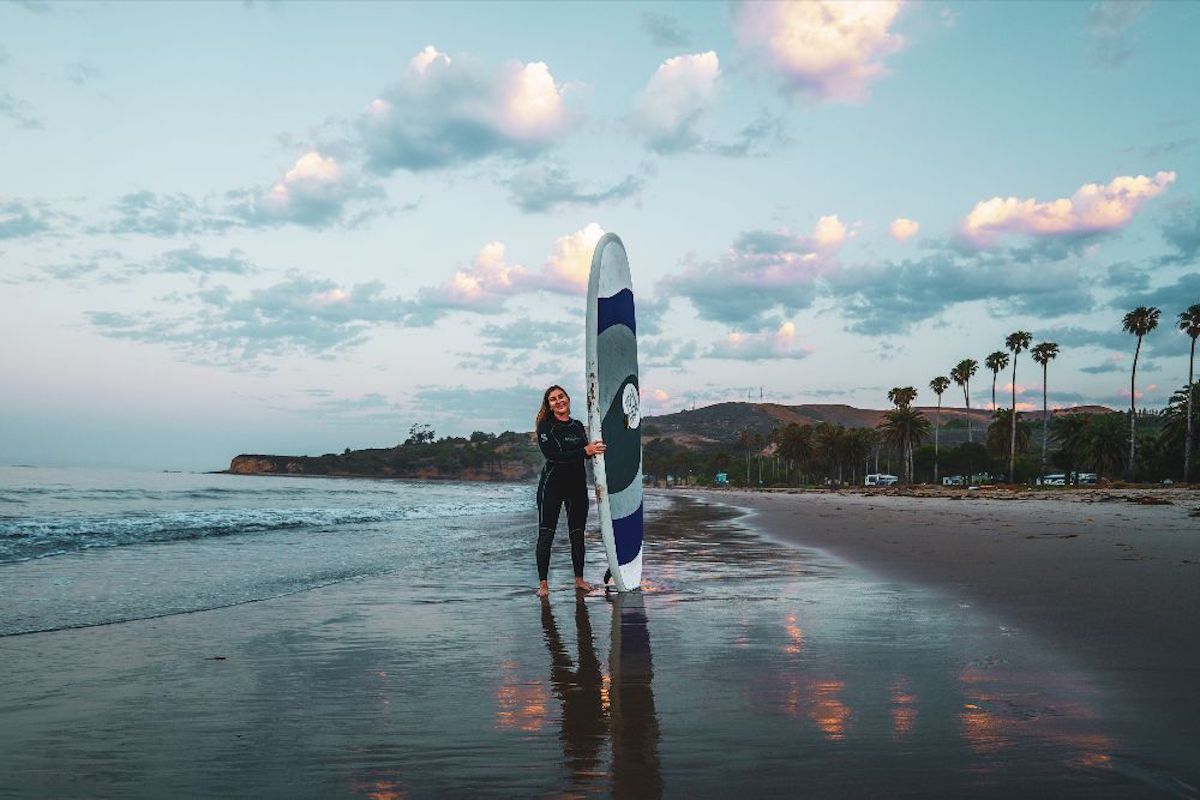
By my count, I review around 3,000 wines a year from the Central Coast and Southern California in my contributing editor role for Wine Enthusiast, and then probably taste another 1,000 or so annually from near and far in the course of my work and personal lives. Of those, probably about a quarter are from Santa Barbara County, which most likely means that I taste more of our region’s fermented grape juice than anyone else on the planet.
That puts me on the frontlines of discovering new brands and winemakers who are up to interesting things. Here are a few projects that have piqued my interest lately. Look out for feature stories on some of these down the road in my Bottles & Barrels column for the paper.

Turning Tide: Alisa Jacobson was the first person hired at Joel Gott Wines in Napa in 2003, and she spent the next 18 years helping that label grow from a regional brand of about 1,000 cases to an international powerhouse that produces more than one million cases annually. As the winemaker in charge of finding the vineyards to feed that beast, Jacobson traveled all around California, Oregon, and Washington.
She’s now using that knowledge — and a dedication to sustainability and affordability — to power Turning Tide Wines, which she is now focused on full-time after leaving Joel Gott on very amicable terms earlier this summer. Aside from an Oregon pinot noir, those wines are made predominantly from Santa Ynez Valley vineyards, including two properties that Jacobson herself purchased. One is the Estelle Vineyard, where more than a dozen varieties are grown, and the other is a to-be-named former apple orchard where she planted sauvignon blanc (mostly to sell to Joel Gott) and grüner veltliner.
Pay particular attention to her white blend, an atypical mix of chenin blanc and verdelho in 2020, and of chenin blanc and gruner in 2019; and her red blend, which is about three-quarters grenache with a bit of mourvèdre. They’re unique, fresh, and delicious wines, and they sell for under $25.
Piazza Family Wines: Along with a superfluity of cloistered nuns, Ron Piazza was the visionary behind the iconic Mt. Carmel Vineyard, whose fascinating history I wrote about many years ago. I always wondered why I didn’t hear more about him in recent times, and then a box full of Piazza Family Wines landed in my garage. I quickly learned that Ron and Nancy Piazza now own their own vineyard in Ballard Canyon and have enlisted the talents of winemaker/equestrian Gretchen Voelcker, whose Luna Hart Wines I wrote about in this 2018 column.

They do make some pinot noir from Mt. Carmel, but the focus appears to be their estate vineyard as a source of syrah, grenache, and graciano. What Voelcker is doing with the latter grape is most compelling to me. In my 2018 Wine Enthusiast article “Embracing the Graciano Goof,” I broke the story about how thousands of acres of graciano were planted in California by people who thought they’d bought the Monastrell clone of mourvèdre. It had a positive spin, in that vintners seemed to be loving the grape.
Today, I am starting to see what winemakers across the Central Coast are doing with the grape. It’s mostly being used in blends, but there are some single-varietal bottlings as well, including one from Piazza. The winery’s other two solutions are a carbonic version, which captures fresh, punchy flavors in a fun, zippy format, and then Nancy’s Cuvée, which is a 50/50 split of graciano and syrah. To me, that combination seemed to work very well, and I’d be surprised not to see copycats tuning into that blend.
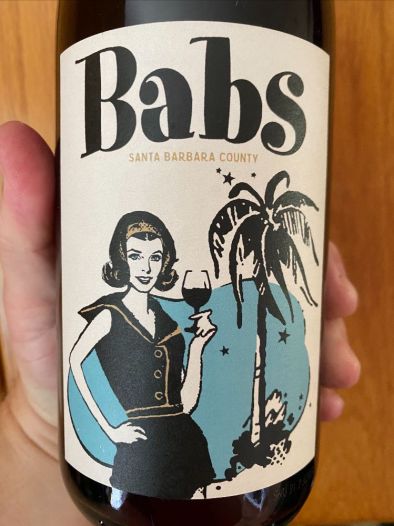
Babs: Adam Lee is best known as the founder of Siduri Wines, which he sold to Jackson Family Wines a few years ago. While consulting and continuing to travel the country like few others, from fancy restaurants to countless vineyards, he now runs a few new brands, including Clarice Wine Company and Beau Marchais, a collaboration with legendary Rhône wine consultant Philippe Cambie.
Lee finds himself in Santa Barbara quite a bit and is friendly with John Wagner, who owns Peake Ranch, John Sebastiano Vineyard, part of Sierra Madre Vineyard, and, from what I’ve heard, the former Ken Volk facility in the Santa Maria Valley. Using pinot noir sourced primarily from Wagner’s vineyards, Lee hatched an affordable brand called Babs, which is offering one of the more stellar bang-for-buck sips on the market today.
After being impressed with the 2019 — in part because my late grandmother’s name was Barbara, a k a Babs — I recently reviewed the 2020 and found it even more compelling. It’s a rich pinot noir, much like the Siduris tended to be under Lee’s watch, and very satisfying, especially when some shops will sell it for less than $20.
Sign up to get Matt Kettmann’s Full Belly Files, which serves up multiple courses of food & drink coverage every Friday, going off-menu from our regularly published content to deliver tasty nuggets of restaurant, recipe, and refreshment wisdom to your inbox
Where I’m Eating & Drinking
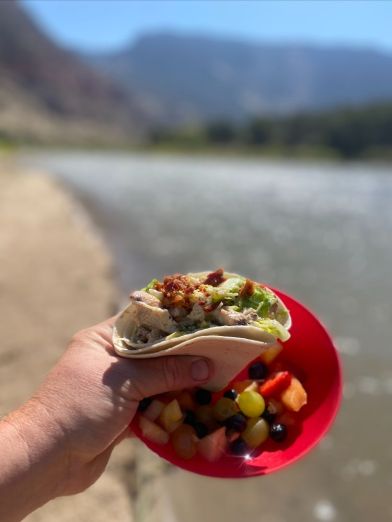
For the first time since we started these newsletters three-plus months ago, I skipped writing one last week, because I returned from four days on the Green River in Colorado and Utah after the Wednesday deadline. Though I’d whitewater rafted before, it was my first time sleeping alongside the river, which we did for three nights. The $999 cost — which was actually a fundraiser for the outdoor industry lobbying nonprofit America Outdoors since OARS donated the trip — covered all of our meals, and they turned out to be top-notch. Most importantly, I learned a new way to roll up a tortilla into a hearty cone for holding salads, diced meats, and everything else.
Upon returning to town, I took my family up to Los Olivos on Saturday, staying in a cabin that the Fess Parker family owns. (I moderated a panel for them years ago, and they offered me a couple nights there as payment.) On the way up, we stopped for our first time ever at Hook’d, the lakeside restaurant at Cachuma. Though simple as you’d expect, the menu shows some creative flair, in part via copious usage of house-made peppercorn aioli, and also offers a nice lineup of cocktails, beer, and wine. I tried the tequila sunrise, then opted for some rosé of syrah by Le Pecheur, made by “Crabby” Steve Escobar. The food took about 40 minutes to come out — blame phone orders, I was told — and there was a fairly persistent buzz of yellowjackets, but it was still an ideal family dining experience. We’ll be back.

That evening, I scored a last-second table for four at Bar Le Côte. Quite possibly one of the hottest restaurants in California at the moment, this is the recently opened Los Olivos “seafood tavern” brought to us by Daisy and Greg Ryan of Bell’s fame in Los Alamos. We started with oysters, then ran through the pillow-soft saffron buns, a nutty crushed almond and arugula salad with manchego, a spicy aguachile of tomato and lemon cucumber, dry-aged kampachi crudo, and plate of jamón ibérico. For my entree, I went with the little neck clams in a chunky chorizo broth. I’ll be going back in a week or so to get the full story and explore some more tastes for a forthcoming feature.
On Sunday morning, I faced an expected conundrum: Where can one watch the 10 a.m. NFL games in the Santa Ynez Valley? The choices are extremely limited, but we found our way to 1525 Taps in Solvang. I stuck mostly to a Bloody Mary and micheladas, but my son’s breakfast plate and a friend’s breakfast burrito looked reliable for a football Sunday’s base layer.
From Our Table
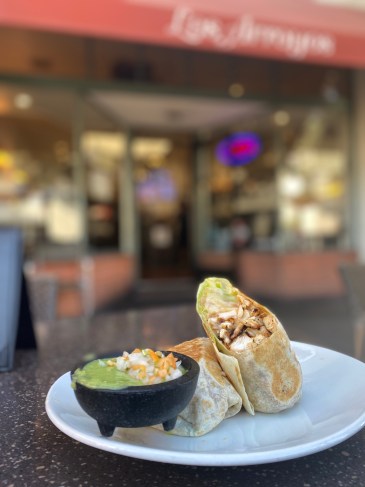
- Speaking of what I’ve been eating, I have to add two burritos to the list: the Runaway Burrito at Los Arroyos and the Creekside Burrito at the Creekside. Those were my assignments for our inaugural Burrito Week issue, which came out on Thursday. Read on about the 17 different burritos that you can buy for $7 until September 29.
- From our contributor George Yatchisin, who is my longtime colleague and onetime UCSB professor of nonfiction writing for magazines, we learn about what brought The Good Plow into existence down in Carpinteria. Seems like we should all take a trip down that way soon.
Support the Santa Barbara Independent through a long-term or a single contribution.

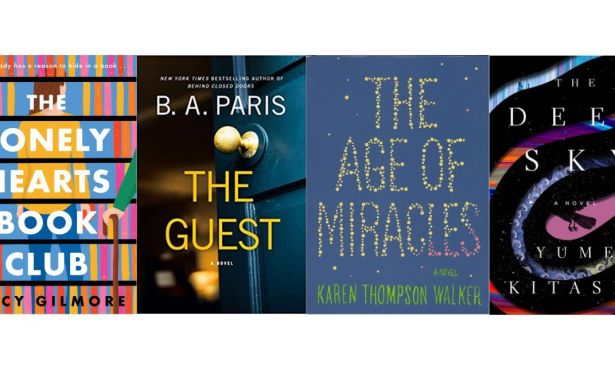
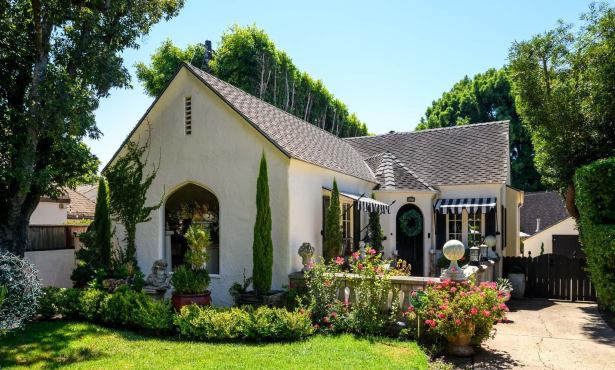
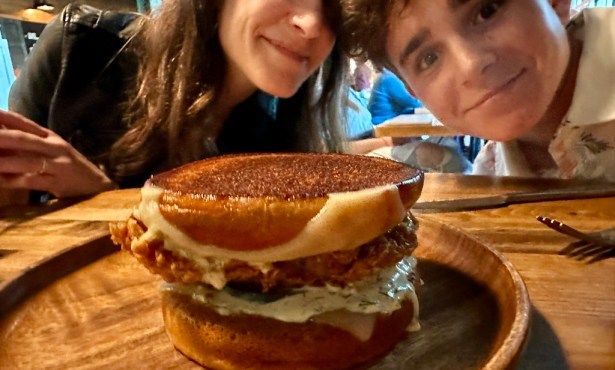
You must be logged in to post a comment.